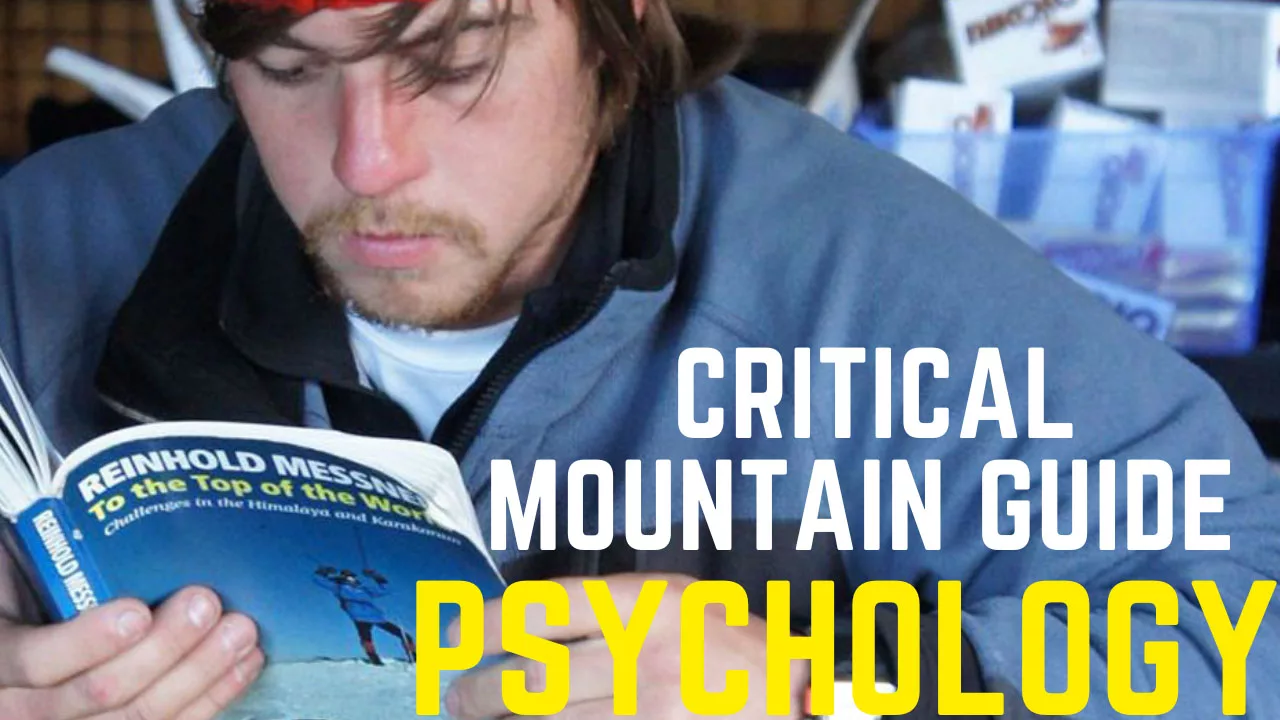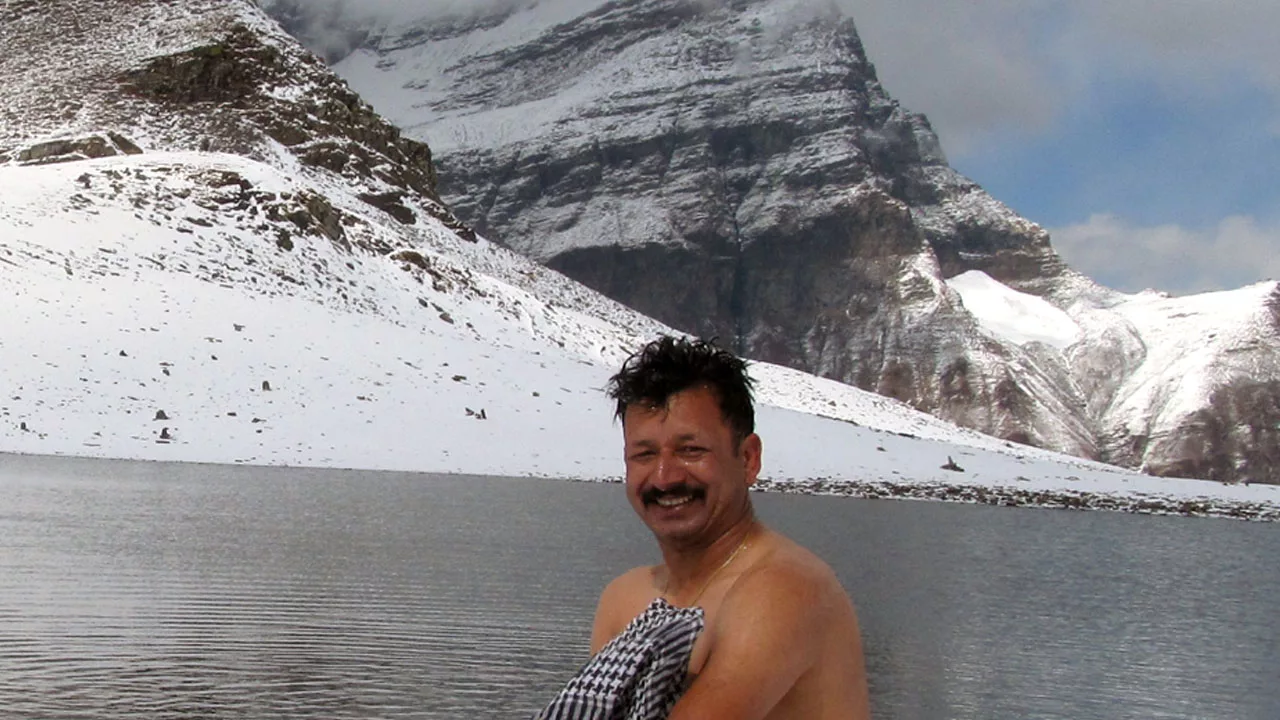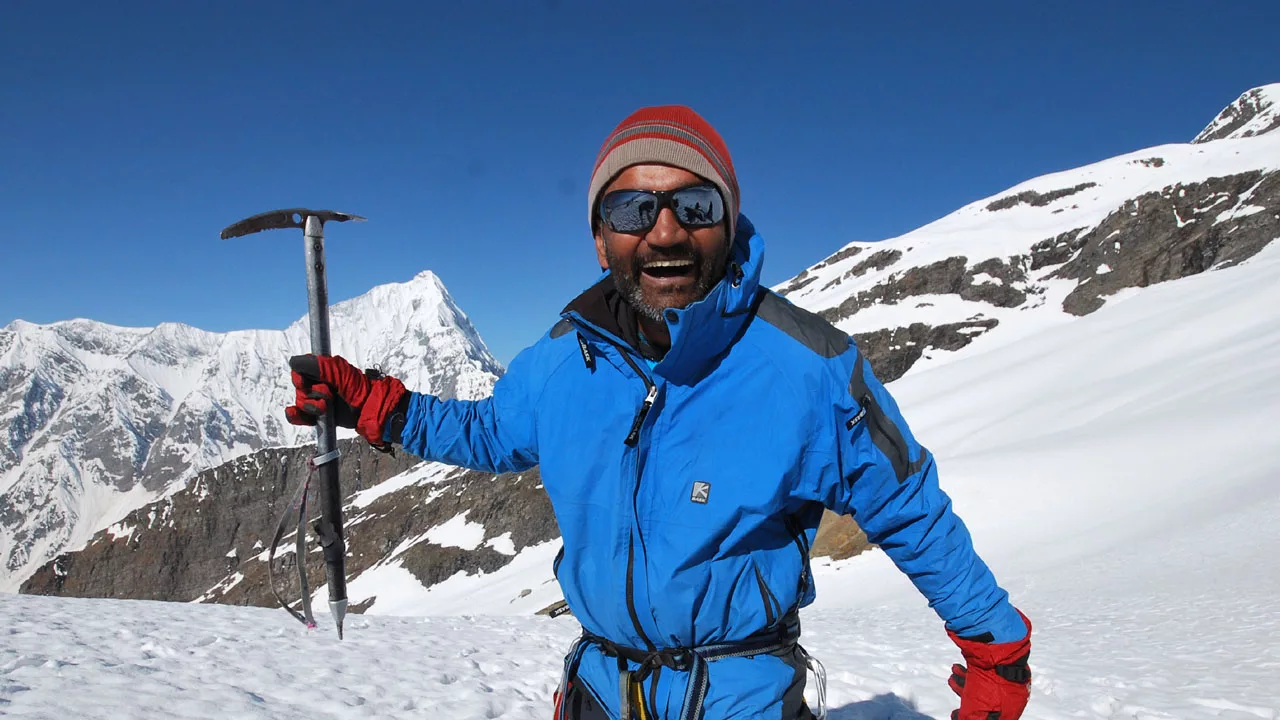The Five Critical Mountain Guide Psychology
Athlete Health
Mountain Guide Psychology! Being the first to reach the summit of a mountain is critical for any mountaineer. The first and greatest triumph, however, is to overcome oneself; to be conquered by oneself is the most despicable and filthy of all things.
The pros of adventure activities are diverse, such as enhanced psychological and social well-being, risk mitigation, accepting responsibility, acquiring and upgrading skills, staying fit, sociability, feeling content and thoroughly appreciating the outdoors.

Every Mountain guide, regardless of where they were born, exhibits individuality and possesses specific characteristics. We all own a unique personality that determines what we think, feel, and do. Undoubtedly, a person’s personality features distinguish them from others.
These personality traits are qualities and attributes that contribute to your identity as an individual. Typically they are created via experience throughout life, and some are inherited. Personality is inherited; character is learned. According to research, 40-60% of human personality is heritable.
Mountain Guide Psychology: The Five-Factor Model
(FFM; McCrae & Costa, 1990) includes the five personality dimensions known as OCEAN – Openness, Conscientiousness, Extraversion, Agreeableness, and Neuroticism abbreviated as OCEAN.
Openness in Mountain Guide:
- Observant, Open-minded, Analytical, Receptive, Energetic
Openness is the characteristic or state of being comparatively free from constraint or relatively open. Mountaineers with a high level of openness are more inclined to engage, brainstorm, and be adventurous. They are awakened and adopt new narratives, propelled by the need to acquire new challenges, escapades, and creative endeavors. They are also skillful at reflecting on and synthesizing diverse thoughts and individuals. This allows the Mountain guide or mountaineer to quickly adjust to shifting surroundings and seek alternate solutions to challenges.

Conscientiousness in Mountaineers:
- Efficient, Responsible, Focused, Self-disciplined, Organized
Conscientiousness is characteristic in mountaineers of being attentive or thorough. They choose to complete their training activity or work entirely and are guided by conscience. This mindset in an outdoor trainer culminates in a well-organized, disciplined instructor who can carry out their training expeditions smoothly and take their responsibilities to others seriously. Conscientious mountaineers are focused and feel entitled to finish their duties diligently while still being fair to others.
Extraversion in Adventure Seekers:
- Assertive, Friendly, Outgoing, Gregarious, Sociable
Extrovert adventure guides are seen to be brimming with life, energy, and enthusiasm. They are friendly, seek social stimulation, and have opportunities to interact with others since they are motivated by external factors. They often rise to leadership positions because they are approachable, take the initiative, and work diligently. Traveling, socializing, and exploring regions are all characteristics of extrovert adventure sports guides.
Adventure seekers are more adaptive to any setting, more likely to overcome challenges, and tend to be more adventurous since they embrace unexpected situations confidently and recklessly. In natural settings, they display typical adventure-seeking and highly stimulating behaviors.

Agreeableness in Extreme Sports Athletes:
- Compassionate, Courteous, Attentive, Cooperative
In social contexts, agreeableness in a person can be defined or associated with pro-social behaviors such as helpful, compassionate, generous, cooperative, courteous, kind, and empathetic. This characteristic is the capacity to identify and prioritize the needs of others over one’s own. The trait of agreeableness in athletes or mountain guides appears to have both advantages and disadvantages. Someone, who strives to please others because they spend so much time assisting others, they overlook their own tasks or workplace environment.
Neuroticism in Adrenaline Addicts:
- Self-conscious, Insecure, shy, Self-doubt, Anxious)
Mountaineer dissatisfaction and discomfort are correlated to neuroticism. A neurotic state in an instructor leads them to be dissatisfied with themselves and their lives. For Instance, worry, melancholy, self-doubt, and other unpleasant emotions are amplified by a lack of emotional stability. Mountaineers, mountain climbers, mountain guides, and others who have experienced trauma, stress, and hardship are more prone to acquire neurotic personality characteristics and behaviors, notably if these experiences occurred early in life and left an enduring imprint. It requires time and self-help to deal with such a situation effectively, and it’s not a simple affair.
Note: It is not only a belief or a theory but also a fact to some extent, as supported by many research and studies undertaken since the 1960s. TCI (Temperament and Character Inventory) by Robert Cloninger is one of those tools that provide a descriptive account of personality traits and evaluate personality dimensions that are partially heritable and associated with diverse brain networks and psychological features.
Mountain Guide Psychology: Conclusion
First and foremost, we would like to highlight that we cannot be assured of the results because they were collected in a controlled environment using the questionnaire format. It’s indeed difficult to measure a mountain guide’s legitimate mental, physical, and psychological state in a laboratory. How many characteristics affect the manner in which mountaineers think, feel, and behave when on the mountain is entirely reliant on them in the real scenario, which is impacted by a variety of other variables!

Yes, adventurous behavior includes multifaceted high risks, which constitute the “core” of outdoor adventure. As a result, events in native habitats that pose a high risk to one individual may pose merely a minor risk to another. Adventure behavior is a technique of learning new skills via experience that demands the usage of sensory sensations and thought processes. “Personality emerges from birth in its most basic form, while additional traits such as character evolve over time.”
Finally, more research is needed into mindfulness and attention control training as a routine component of mountain sports preparation. Such training has the potential to improve the quality and value of the program in a long-term, risk-reducing manner.
Why is adventure which is risky also pleasurable?
The answer is here: Adventure & Pleasure: The Intriguing Connection of Risk & Reward

In summary, keep in mind that every individual mountain guide or mountaineer may have more than one of the aforementioned traits or a mixture of many, although at times one is more dominant than others.
The most essential thing is to recognize and accept one’s individuality, as well as to embrace the uniqueness of attributes in oneself and others. Individuals can obtain more self-awareness and contentment by studying their personality characteristics.
“There are no wrong or right personalities. There are different sorts of personalities.”